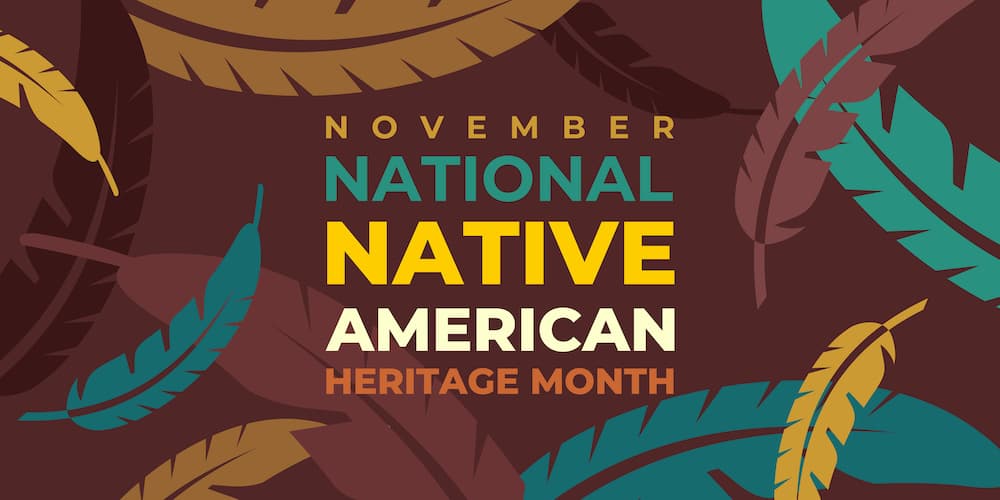Sandoval County Sets 2026 Legislative Priorities, Debates Voter ID Language
The Sandoval County Commission adopted its 2026 legislative priorities during the November 12 meeting, formalizing guidance for county advocacy in the upcoming state session. Debate over proposed packet language on voter identification prompted concerns about documentation barriers for tribal residents, an issue the board addressed before approving the priorities.
Listen to Article
Click play to generate audio

The Sandoval County Commission on November 12 adopted Resolution 11-2012-25.11A establishing the county's legislative priorities for 2026, a document that will shape how county leaders engage with state lawmakers next year. The action concluded a meeting in which commissioners corrected an attachment to the resolution and debated model packet language supplied by New Mexico Counties.
Discussion focused in part on proposed wording related to voter identification, with Commissioner Joshua Jones objecting to language he said could disenfranchise tribal residents who face documentation barriers. After Commissioners addressed the corrected attachment and that objection the board moved forward with an approved set of priorities to guide county advocacy during the 2026 legislative session. The action was recorded during the November 12 meeting and is summarized in the county meeting record reviewed by CitizenPortal.ai.
Adopting a legislative priorities resolution is a routine but consequential step for local government. The priorities act as a public statement of the county's policy aims and funding needs, and they inform the positions commissioners take when interacting with legislators and state agencies. For Sandoval County residents the resolution may influence which issues receive county attention and resources from the state in areas such as public safety infrastructure, health services, and election administration.
The exchange over voter identification points to a broader tension between uniform administrative rules and the diverse documentation realities of communities within Sandoval County. Tribal residents may encounter unique challenges in obtaining certain forms of identification, and those barriers can affect access to voting and other civic participation. By raising the concern at the commission table the issue moved from a model template into a locally informed discussion, reflecting the county's role in attempting to balance statewide policy proposals with the lived experience of its residents.
The county used the meeting to finalize technical corrections to the resolution attachment and to clarify how it will present its positions to the legislature. With the priorities now adopted the commission will carry them into the 2026 session as the basis for formal advocacy and outreach. Residents interested in the specifics of the resolution and the discussion are able to consult the county meeting record summarized by CitizenPortal.ai for further detail.
As the legislative session approaches commissioners will translate the broad priorities into particular proposals and lobbying efforts. The November 12 action underscores how local governance, procedural details, and concerns about equitable access intersect in policy making that affects voters and communities across Sandoval County.


